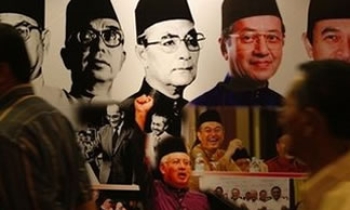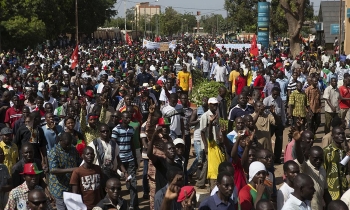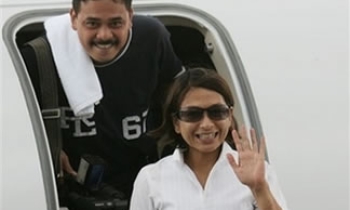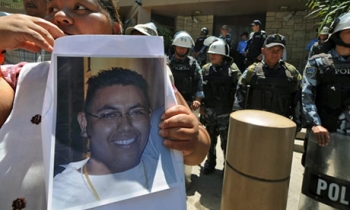SYDNEY: As global sports administrators try to squeeze more money out of coverage of events, media outlets in Australia have threatened to boycott the international cricket season starting this week.
A new contract drawn up by Cricket Australia increases limitations on what can be published in print, online and in the burgeoning mobile phone market, and media companies, including one of the country's two biggest newspaper groups and the three major international news agencies, say it is unacceptable.
"The accreditation terms imposed by CA are making it impossible for news agencies to achieve the impartial and independent coverage that is our mission," said Pierre Louette, chairman of Agence France-Presse.
A long summer of test matches and one-day internationals begins on Thursday when Australia lines up against Sri Lanka, but the games will not be covered, the media groups say, if ongoing talks with the sport's governing body fail to find agreement.
"We are increasingly looking to make sure that if businesses are profiting from our sport, then some of that is redirected back to the grass roots of the sport," said Philip Pope, a Cricket Australia spokesman.
A similar disagreement almost derailed the agencies' coverage of last month's Rugby World Cup in France, but the standoff was broken at the last moment by the personal intervention of President Nicolas Sarkozy, who persuaded the International Rugby Board to back down.
The new dispute has pulled together one of Australia's major newspaper groups, News International, and the major international news wires: The Associated Press, Reuters and Agence France-Presse, pitting them against Cricket Australia.
The core of the argument is the amount of control sports organizers should have over the coverage of their events.
Much of the income derived from mass-appeal sports comes from selling media rights and sponsorship, and organizations like Cricket Australia say that liberal access to the media limits their ability to charge for exclusive rights.
Traditionally, print and photographic media have been allowed to cover matches for free on the theory that the greater coverage was beneficial for the sport.
The media groups say it is expensive to cover matches and that reselling images and text for books, advertising and calendars allows them to recoup their costs. Under the new regulations, the intellectual property rights would revert to Cricket Australia, making such sales impossible.
Cricket Australia distinguishes between a newspaper's use of images and text and news agencies, which sell photographs and text to other media outlets.
Dan Markham, the general manager for media rights and strategy for Cricket Australia, says the international news agencies are using his organization's property to make money for themselves.
"They are monetarizing our property for their gain," Markham said.
On a more fundamental level, the media groups say that by acknowledging the organizing bodies' right to control media coverage, they could limit their ability to cover events impartially.
"We are alarmed that, in the name of maximizing the commercial exploitation of international sporting events, Cricket Australia is violating fundamental principles such as the freedom of the press and turning its back on the news agencies - which give life to cricket in all its different manifestations all over the world, and have done so for decades," Louette said.
Pope dismisses the argument.
"The media says this is about free speech, but we say it is about two businesses," he said.
But many fans regard sports as more than a business, and expect to be able to get information on their own terms.
The growth of new media, particularly online and mobile phones, has brought the dispute to a head. Previously, fans could either watch the official broadcaster transmit live, or wait for stills and text in newspapers the next day. But the advent of Web sites and mobile phone broadcasters has blurred the that distinction. Part of the current argument is an attempt to define the distinction more clearly.
The new regulations outlined in the contract issued by Cricket Australia would limit the number of both pictures and text updates to 12 a day.
Markham says that figure is negotiable, but argues that a finite figure on the number of images and stories transmitted is needed to prevent encroachment on the rights that Cricket Australia's approved media partners, mostly television stations and cellphone broadcasters, have paid substantial sums to acquire.
The media organizations argue that no matter how many photographs are taken of an event, they would encroach on the broadcasters' territory.









